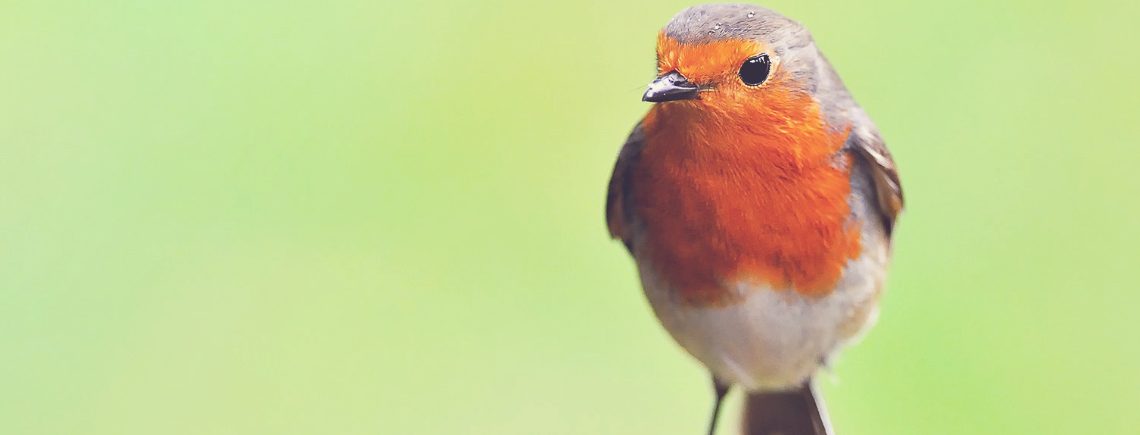The Robin: A Guide To Ireland’s Garden Bird Species
The Robin is one of Ireland’s most popular and distinct birds, and are common in towns and cities as well as the countryside. A friendly and social bird, it doesn’t shy away from people and will gladly sit on your windowsill or close-by. Known as ‘spideog’ in Irish, it has long been a favourite amongst Irish bird-watchers.
In this blog post, we’ll guide you through how to spot a robin in your garden and the best way to care for it.
What Does a Robin Look Like?
A robin is easily recognisable with its striking orange breast. It is a small bird with olive-brown upper parts and a greyish-white coloured belly. Their legs and beak are brown in colour. During the winter months when it is cold they can appear very plump and rounded as they puff out their feathers. The male and female are very similar.
Juvenile robins have speckled buff-brown upper parts and underparts. They do not grow any red feathers until they reach adulthood.
What Do Robins Like to Eat?
A robin’s diet largely consists of insects and worms. These are the healthiest option for them, and they are high in protein. Robins will also eat some fruits, including apples. They will be a frequent visitor to your bird table and will happily dine on seeds, peanuts and suet treats.
Robins are small birds, so don’t leave out anything too large that they can’t swallow. Don’t put out seed mixes that contain dried peas, beans, rice, lentils, wheat or barley. These foods are inappropriate for robins and can only be eaten by larger birds.
It’s also not recommended leave out bread for birds. It does not contain the right nutrients for them, especially during the cold weather.

How To Feed Robins
As Robins are ground feeders, the best way to entice robins is by leaving food out on bird tables or on the ground. Robins tend not to use hanging feeders, as they prefer to have somewhere to perch while they eat. Make sure to keep the table or ground feeding tray covered as soggy and mouldy food can be dangerous for birds.
Leave out some fruit, seeds, suet, and some mealworms, and wait for the robins to arrive! Fat balls can be a great way to encourage robins to come to your bird table too.
In addition, make sure you put out a bowl of clean water to help your robins stay hydrated and clean.
Where Do Robins Nest?
Robins tend to build their nests in small cracks and holes in walls as well as tree cavity, ivy, or a bank. They have even been known to build their nests in unusual locations such as tin cans, sheds, garages, cars, post boxes and garden barbecues. If you want to encourage robins to nest in your garden, make sure to leave out an open-fronted nest box.
What Do Robins Sound Like?
The robin produces a wispy, slow song with a range of notes, gradually becoming more rapid in parts and the notes rolling into each other. Their calls also include a “tick” which is sometimes repeated and sounds like an old clock being wound up.
Both the male and female sing during the winter. During breeding season, male robins usually begin their morning song before sunrise, and usually finish their daily singing soon after sunset.
Any more questions?
Got any more questions about feeding your garden birds? Be sure to ask one of expert Pet Care Advisors at your local Petmania store today.

